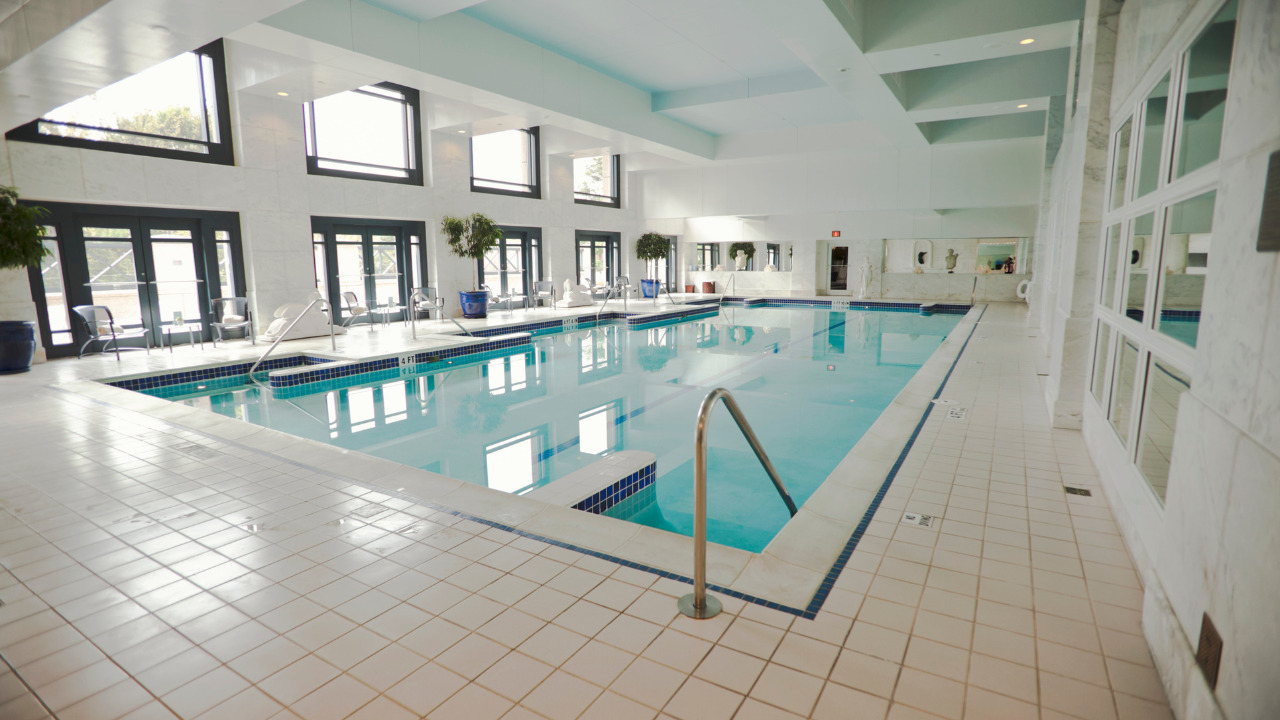It seems like a lifetime ago when we last took pleasure in lazing by the pool on a gorgeous summer day. It could be time for you to buy a pool now that summer is finally coming. A stunning pool deck made of travertine tiles is something else you might want to think about.
Travertine is a fantastic material for pool decking if you’ve finally taken the plunge and decided to create a pool for your backyard. This is because it looks stunning and serves practical purposes that will keep you in the pool area for extended periods.
Your decision to build a travertine-designed pool area will please you and your children. Choosing the appropriate pool deck for your family is crucial to purchasing a pool. Pool decks using travertine tile are becoming more and more common since they are mold, heat, and slide-resistant.
Table of Contents
Is It Safe To Instal Travertine Tiles Around A Pool?
Natural sedimentary limestone comes in the form of travertine. There are characteristic swirls all over the limestone due to how it forms around natural spring mineral deposits. The ancient Romans preferred using travertine as a building material because of its beautiful, layered, uneven appearance.
For many, travertine tile makes the perfect surface for a pool deck. Water may splash onto the surface when you and your family swim in the pool, but its porous structure quickly absorbs it.
Travertine holds onto water, making the tiles less slick and less likely for someone to fall or slide. Your travertine pool deck will help to stop any runoff or flooding if you are in an area with much rain.
Why Should You Consider Installing Travertine Tiles Around A Pool?
Using travertine floor tiles for your pool deck has many advantages and disadvantages. Extreme heat won’t damage travertine tile. You’ll soon discover that travertine surfaces are very different from hot beach sand.
Travertine tile will remain cold to the touch as you walk on it barefoot, even when it is directly exposed to sunshine. There is general agreement that it is best for landscaping around homes, including hot tubs and pools.
Reliable Tiling Option
Tile made of travertine is incredibly strong, resilient, and long-lasting. Travertine tile can last up to a hundred years or more if you give it the right care and upkeep. There are some significant drawbacks to consider, like with everything in life.
The travertine tiles’ holes could result in cracks if you reside in an area where temperatures frequently drop below freezing. To avoid such cracks, some pool owners plug the holes with epoxy resin and then sand them down.
Non-Slip Surface
Travertine tiles have a non-slip surface and are porous, as was previously mentioned. Your family and dogs can wander about the pool without risk of slipping and falling since travertine tile is water-resistant.
The porousness of travertine tiles naturally is one of its advantages but also one of its main problems. Travertine tiles can progressively develop stains even though they are water-resistant. Additionally, dirt may get stuck in the natural pores of your travertine pool surface if it is close to loose soil.
Thankfully, this is an easy problem to avoid by sealing your deck every three to five years.
Steps To Lay Travertine Tiles Around A Pool
Compact The Pool Soil
Compaction of the soil should be done first, and the appropriate moisture level should be checked. Too wet or too dry soil cannot compress properly. Using Travertine Pavers in a soldier-course pattern, create a border around the perimeter of the project area.
Particularly in cold locations, Travertine Mart strongly advises sealing the border with Flex Bond because it enables the travertine to expand securely and contract with the freeze cycle. A dry set is the best method for installing travertine during cold climates and freeze-thaw cycles.
Put Crushed Stones On Compacted Soil
Travertine pavers can be dry set, making it simple to install and repair them, if necessary, in the future. Crushed limestone should be placed on top of a sub-base of compacted soil and compacted as you go. Because the jagged edges enable it to fit tightly together, we highly recommend utilizing crushed limestone.
A sturdy base made of limestone will also hold the travertine in place over time and allow for efficient drainage. Layers two or three of limestone may be added. Use a compactor to compact the limestone after you’ve levered each layer. Sand is the final step. The Travertine Pavers can then be started to be laid.
Cut Travertine Pavers
The same blades and implements used to cut brick pavers, and other natural stones can also be used to cut travertine pavers. Any diamond blade ought to work. Once everything is in position, the joints between the travertine pavers can be filled with polymeric sand.
Grout is an additional choice; you could just leave them alone and do nothing. On top of an existing concrete surface, travertine pavers can also be mud-set.
Bottom Line
If you want to rebuild your pool, your options could be as simple as mending some cracked tiles or as complex as creating an entirely new appearance. You might consider incorporating fresh, specially made designs, materials, water features, and modernized automated systems.
The primary concern while constructing pool pavement is safety. There are lots of lovely pavers that are both secure and elegant.





